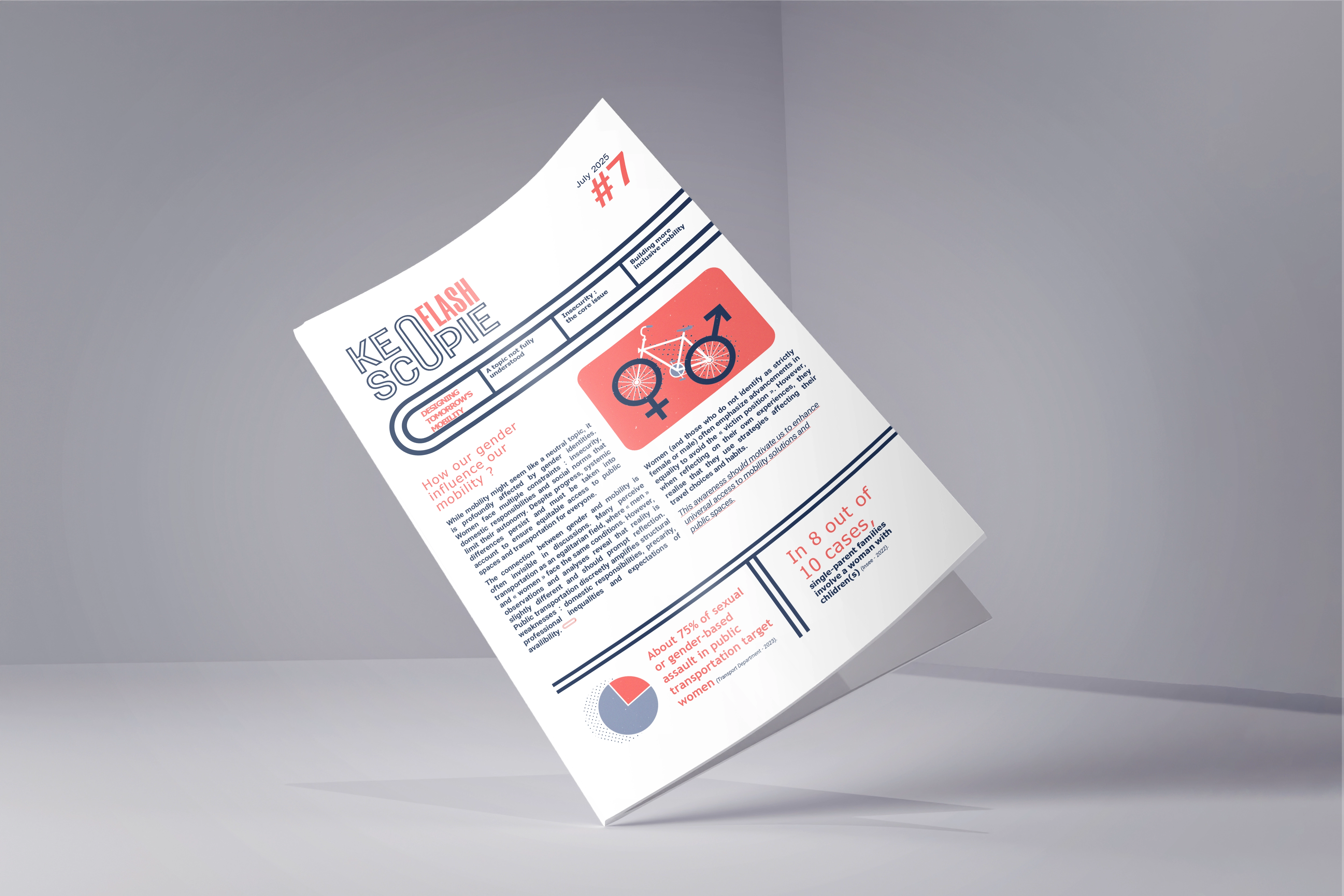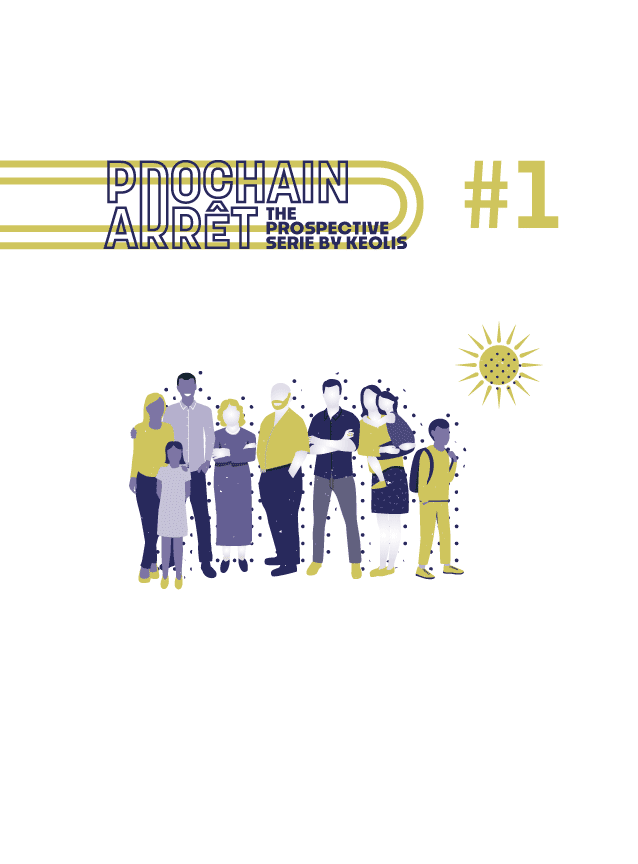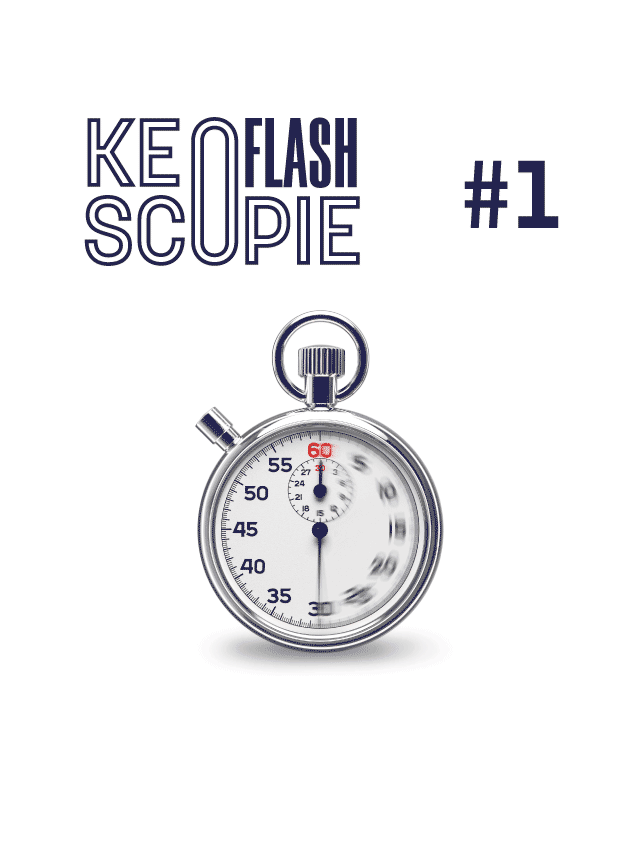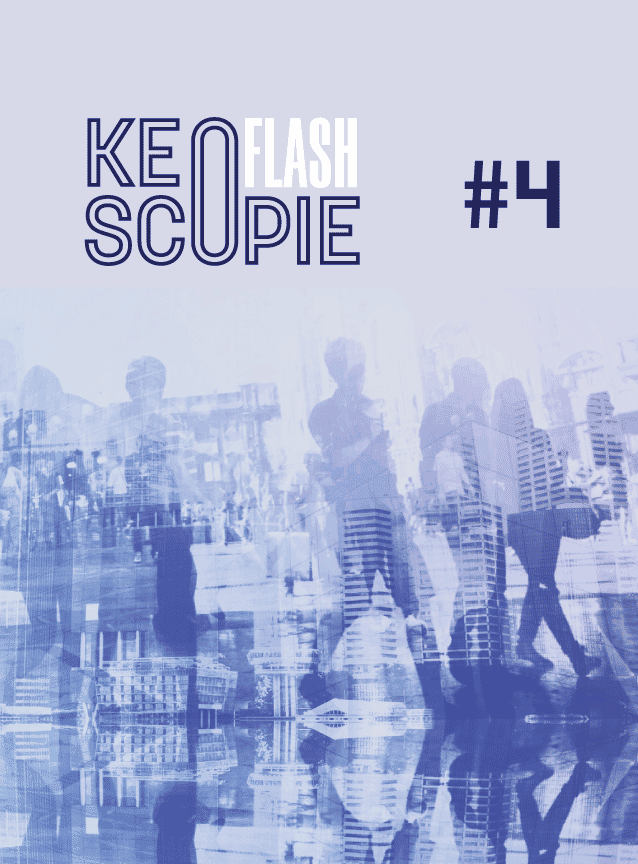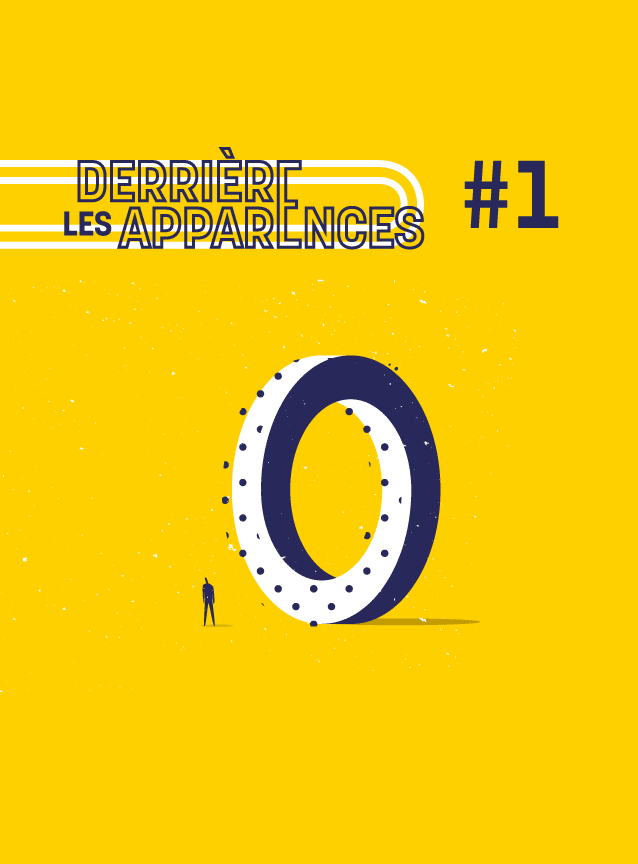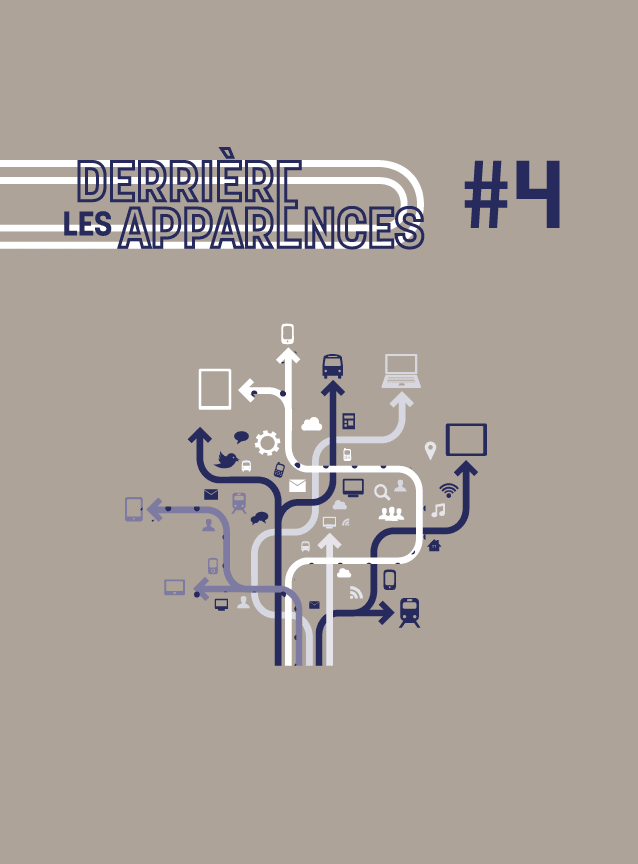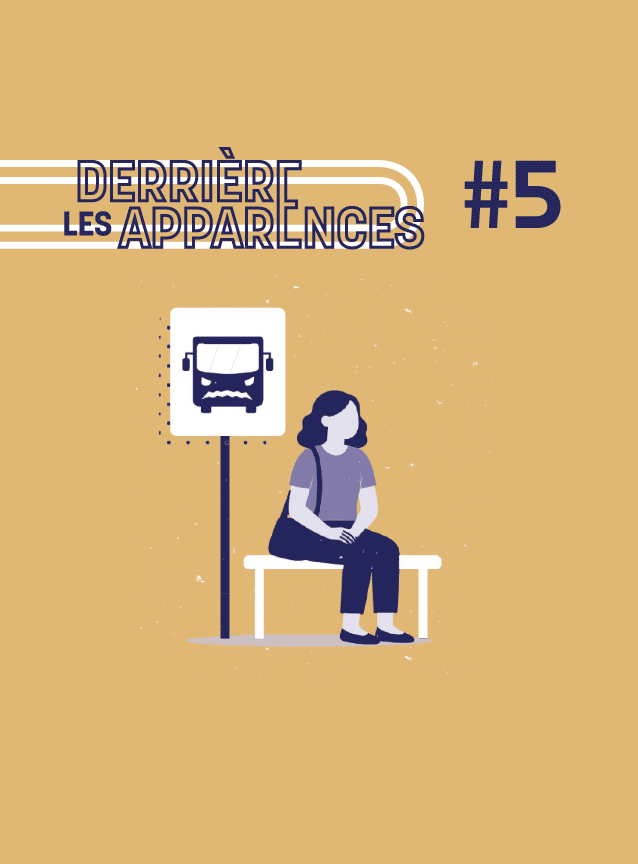Keoscopie
In an effort to meet people's expectations as effectively as possible, Keolis deciphers today's lifestyles in order to imagine tomorrow's mobility. Keoscopie, an observatory, has been carrying out studies for over twenty years, researching and observing use patterns and lifestyles, the different profiles of communities and their local specificities.
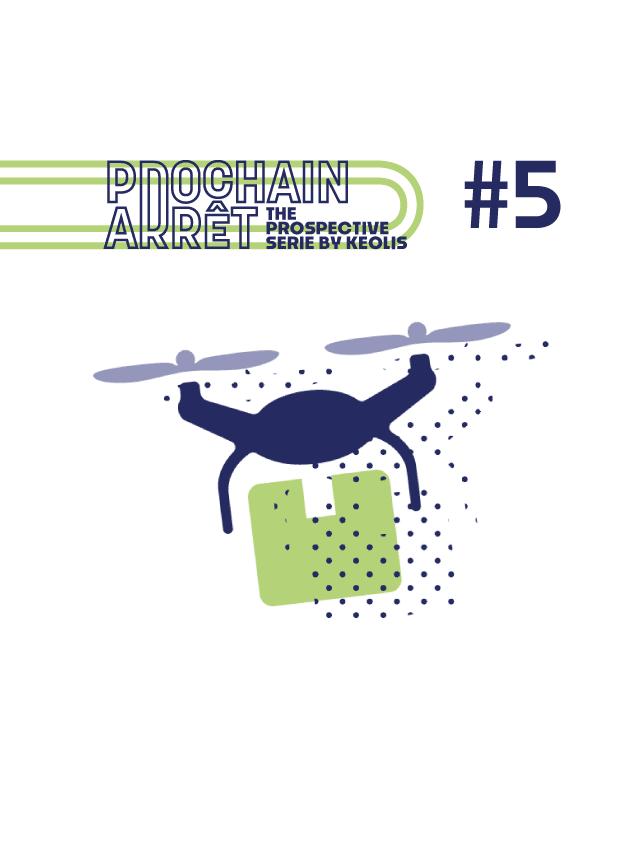 ProspectiveWonderdrone
ProspectiveWonderdrone StudiesFrance is aging, and we are looking the other way
StudiesFrance is aging, and we are looking the other way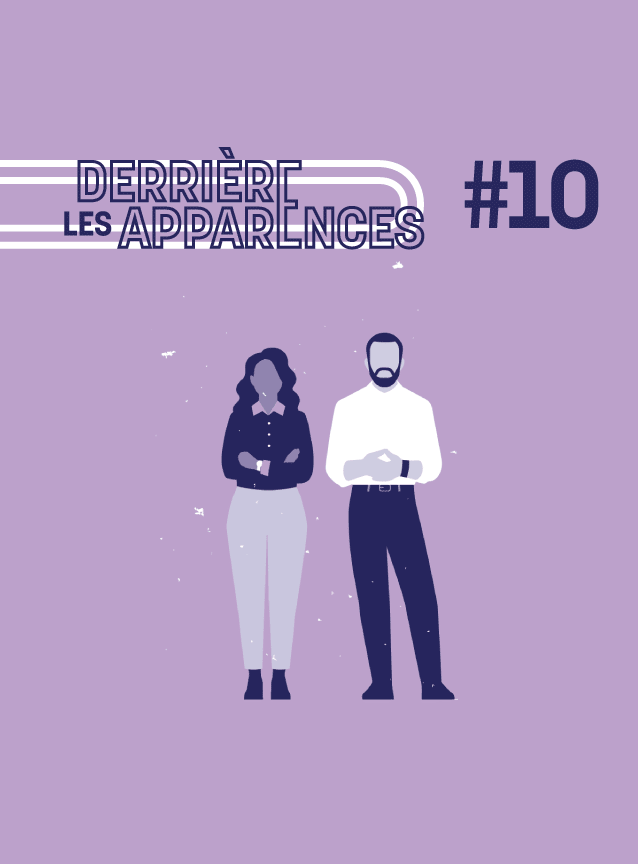 ProspectiveQuand le genre dicte la mobilité
ProspectiveQuand le genre dicte la mobilité ProspectiveThe best route to give
ProspectiveThe best route to give Derrière les apparencesSmells like teen transit
Derrière les apparencesSmells like teen transit StudiesThe place of the car throughout youth
StudiesThe place of the car throughout youth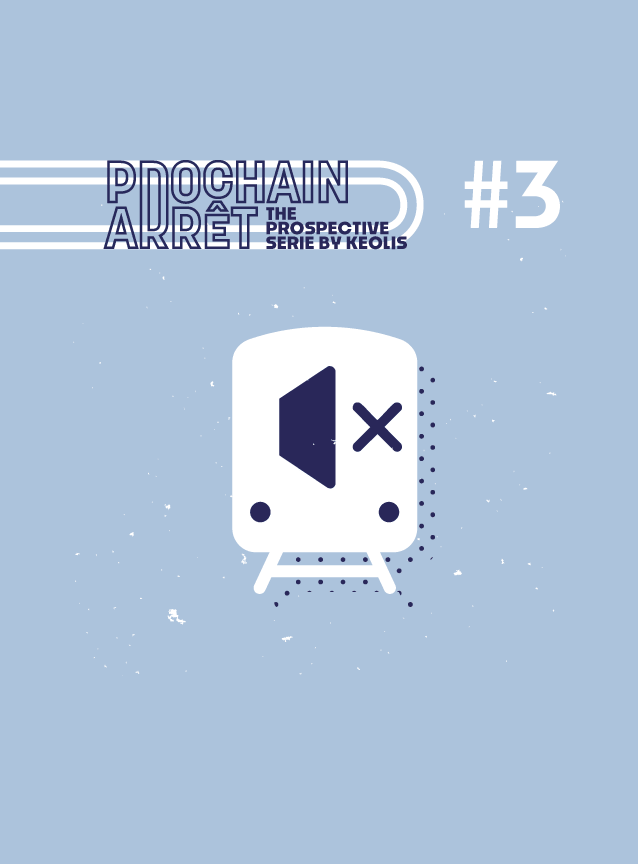 ProspectiveA streetcar named silence
ProspectiveA streetcar named silence Derrière les apparencesFree public transport
Derrière les apparencesFree public transport StudiesNeolis
StudiesNeolis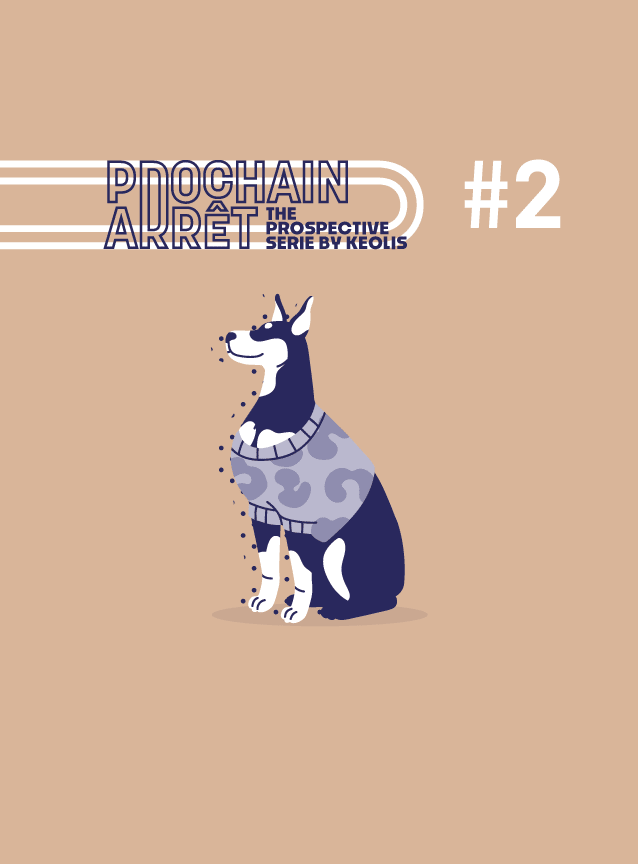 ProspectiveSubway, workday, dogplay
ProspectiveSubway, workday, dogplay
Keoscopie, an unprecedented perspective on mobility
Observe
The Keoscopie approach is founded on long-term observation of lifestyles in the community and their impact on mobility habits. The Group conducts surveys among all residents - whether or not they use public transport - and in all types of region or community. These studies examine lifestyle habits along with mobility patterns and expectations. They shed new light on mobility needs.
Analyse
In addition to quantitative and/or qualitative studies, observations and support in the field from sociologists and urban planners, the Keoscopie observatory integrates multiple sources of information: documentary research (INSEE, DARES, INSERM, urban planning agencies, Ministries, Credoc, non-profit organisations, etc.), and the use of data (mobile phone tracks, GPS, ticketing).
Represente
Keoscopie aims to ensure that its studies are representative, so as to take account of the diversity of individuals and communities. For example, according to INSEE figures, around half of people in France who left school at 15 do not have the baccalaureate (leaving certificate). These people are usually under-represented in traditional studies, which is why Keolis favours a mix of data collection methods (online or telephone).
Share and deploy
The learnings, observations and findings from the Keoscopie observatory are regularly shared with internal teams, as well as with local players (public officials, technical officers, stakeholders, etc.). This sharing makes it possible to offer services tailored to the pace of people's lives and to each community depending on their specificities.
You might like these articles

